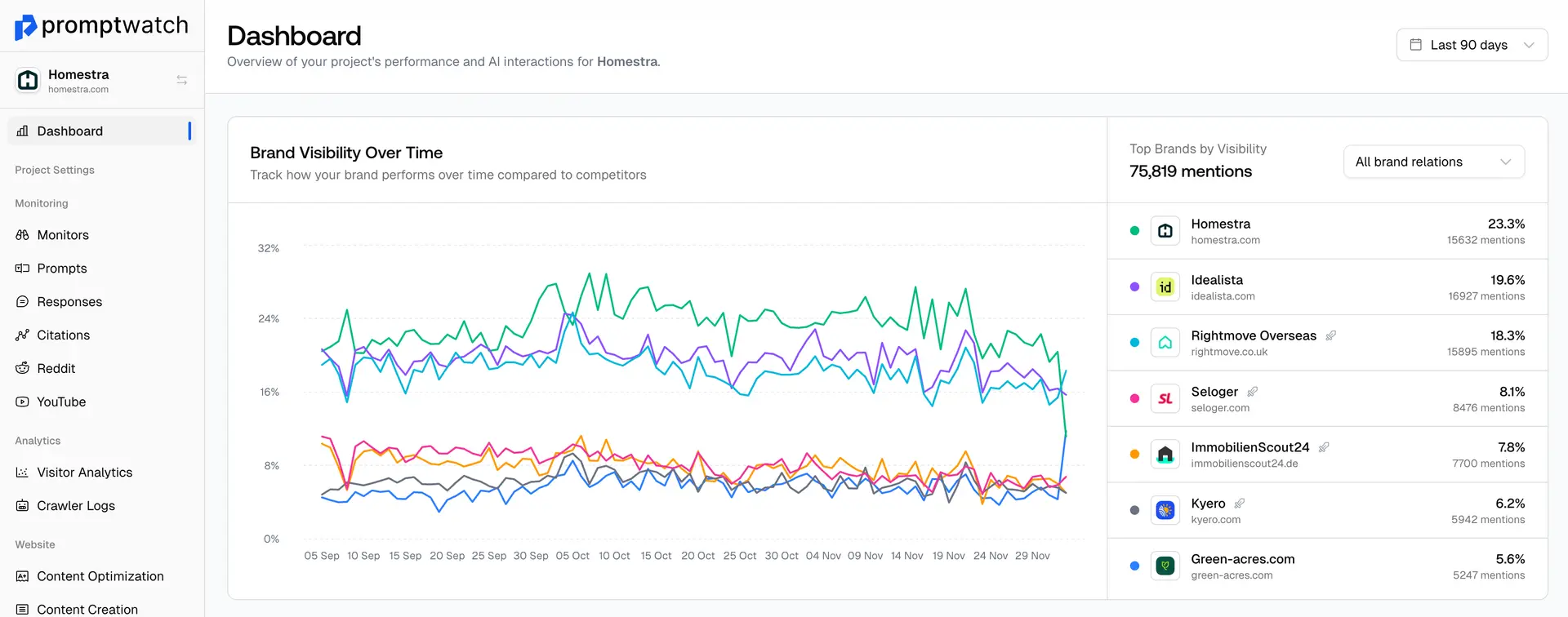Definition
LLM Evaluation refers to the comprehensive methods and metrics used to assess large language model performance, accuracy, safety, and effectiveness across different tasks and use cases. As AI systems become more sophisticated and widely deployed, proper evaluation becomes crucial for understanding model capabilities, limitations, and potential risks.
LLM evaluation encompasses multiple dimensions including accuracy and factual correctness, coherence and fluency of generated text, safety and alignment with human values, robustness against adversarial inputs, consistency across similar queries, bias detection and fairness assessment, and task-specific performance metrics.
Evaluation methods include automated benchmarks and standardized tests, human evaluation and expert assessment, adversarial testing for robustness, bias and fairness audits, real-world performance monitoring, and comparative analysis against other models. Popular benchmarks include MMLU (Massive Multitask Language Understanding), HellaSwag for commonsense reasoning, and specialized domain-specific evaluations.
For businesses implementing AI systems, LLM evaluation is critical for ensuring model reliability, identifying potential risks and limitations, comparing different models for specific use cases, monitoring performance over time, validating safety and compliance requirements, and making informed decisions about AI deployment.
In the context of GEO and AI optimization, understanding LLM evaluation helps businesses assess which AI platforms are most reliable for their industry, understand model strengths and weaknesses for content optimization, and predict how AI systems might evolve and change their citation preferences.
Evaluation challenges include the subjective nature of many language tasks, the difficulty of measuring real-world performance, the need for diverse and representative test data, the rapidly evolving nature of AI capabilities, and the challenge of evaluating emergent behaviors in complex systems.
Examples of LLM Evaluation
- A company evaluating different LLMs for customer service applications by testing response quality, accuracy, and safety across various scenarios
- Researchers using standardized benchmarks like MMLU to compare the reasoning capabilities of different language models
- An organization conducting bias audits to ensure their AI system provides fair and equitable responses across different demographic groups
